The Anhinga is an aquatic bird that commonly lives in coastal waterways. They have long curved necks, which is where they get one of their nicknames, the “snakebird.” People in various regions also call them “darters” and “water turkeys.”
There are two different subspecies of this bird, the Anhinga Anhinga Anhinga, and the Anhinga Anhinga leucogaster. Read on to learn about the Anhinga.
Description of the Anhinga
The nickname “water turkey” is simultaneously fitting and unfitting for this bird. Though they have curved, turkey-like necks, these birds are primarily black or dark brown, and quite lean bodied.
They have a long, pointed beak, which they use for snagging slippery fish. Both males and females weigh just under three pounds, and have a three-and-a-half-foot wingspan.
Interesting Facts About the Anhinga
You often see these aquatic birds cruising through warm, shallow waters. They are common creatures within their range, and interesting to boot!
- He Knows No Nose – As strange is it may seem, these birds do not have nostrils! While most birds do not have any form of a nose, they do have small nostrils, known as “nares.” These birds do not even have nares, but simply breathe through their mouths. This adaptation lets them swim underwater without the risk of inhaling fluid.
- Waterlogged – Unlike some of their other aquatic cousins, Anhingas do not have any type of waterproofing on their feathers. This is quite strange because these birds swim a lot and when they do, their feathers become waterlogged. Surprisingly, this is yet another adaptation. While wet feathers are heavy and cumbersome in the air, they are perfect for staying underwater and swimming easily.
- Order of the Pelecaniformes – These birds are distantly related to cormorants, pelicans, and possibly gannets, booby birds, and more. Unlike some of their saltwater loving cousins, these creatures prefer living in fresh or brackish waters.
Habitat of the Anhinga
Anhingas usually live in freshwater systems, usually near the coast. They prefer regions with dense vegetation on the shores. Some of their favorite habitats include swamps, ponds, lakes, mangroves, marshes, lagoons, and more. Because their feathers frequently become waterlogged, they also like sunny perches where they can dry their wings.
Distribution of the Anhinga
These birds live in North, Central, and South America. Within that range, researchers split their population into two separate subspecies. At the northernmost extent of their range, they live from North Carolina along the southern coast, into the Gulf of Mexico all the way to Texas.
Their range extends along the coasts all the way through much of South America. In South America they inhabit much of the watery Amazon River Basin.
Diet of the Anhinga
As aquatic birds, Anhingas unsurprisingly eat a variety of fish and other small creatures. These birds cannot swim very quickly, but they can use their long necks to quickly strike fish.
They target slow moving fish species, like perches, sunfishes, killifish, carps, and more. In addition to fish, they also prey on insects, insect larvae, shrimp, crabs, and more.
Anhinga and Human Interaction
Humans do not interact with these birds very frequently. Though we inhabit the same regions as they do, we do not fish for species that these birds often feed on, so conflicts are minimal.
However, humans do damage and destroy their aquatic habitats. Despite this, these birds have healthy populations and the IUCN lists them as Least Concern.
Domestication
Humans have not domesticated these sea birds birds in any way.
Does the Anhinga Make a Good Pet
No, Anhingas do not make good pets. They are aquatic birds, and spend much of their lives swimming through the water and hunting fish. Because of this, it would be impractical to own one as a pet. In most places, it is also to harm, capture, or kill them.
Anhinga Care
In a zoological setting, these birds require specialized enclosures with plenty of water to swim in. They must also have multiple perches to bask on, including those close to the water and easily accessible.
Zookeepers feed this species a variety of fish, and the occasional insect. Most of the individuals in zoos live there because they became injured and could not survive in the wild.
Behavior of the Anhinga
These birds spend lots of time in the water, and are usually solitary. While they are swimming, most of their body sinks below the surface of the water, and only their head and neck stick out.
They alternate between swimming in search of prey, and perching in a sunny spot to dry off. When their feathers are wet, it helps them stay below the surface of the water, but it also causes them to become chilled much faster.
Reproduction of the Anhinga
Anhingas are monogamous birds, and they continue to reproduce with the same partner year after year. The pair builds a nest, usually very close to the water, and defends it from predators. The female lays an average of four eggs, which both parents incubate for about a month.
Both parents protect and care for the chicks. Once they are three weeks old, the chicks begin climbing out of the nest, and learn to fly when they are six weeks old. They remain with their parents for a few more weeks while they learn to hunt and survive on their own.



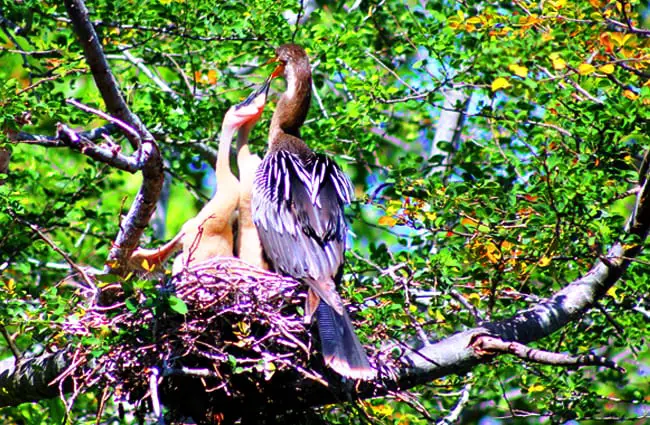
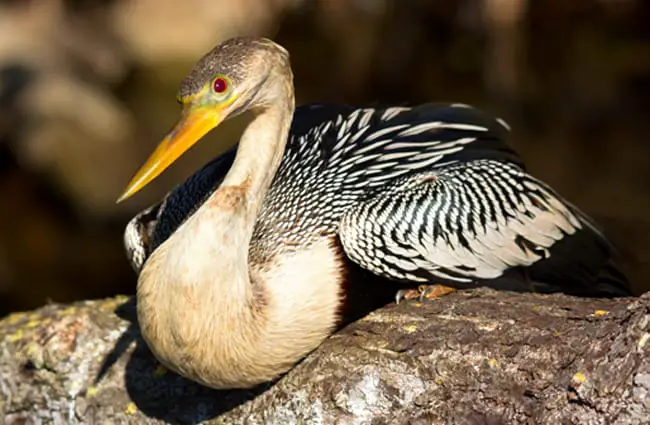
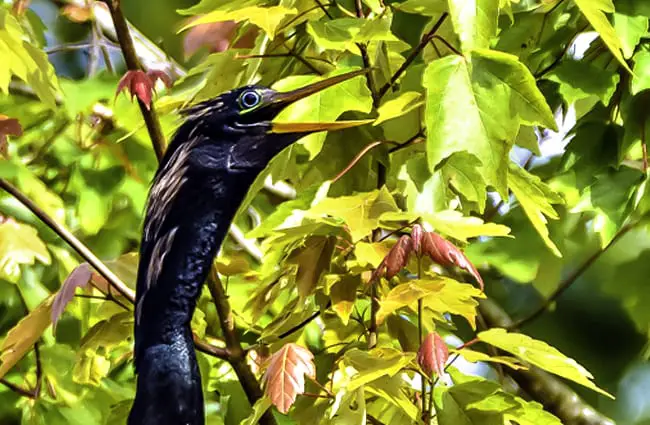
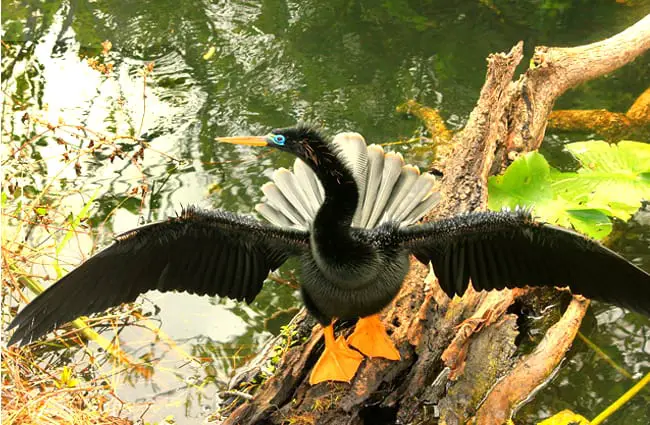
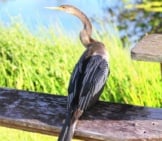
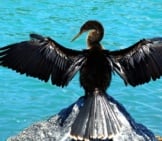

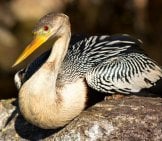
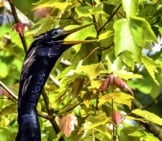
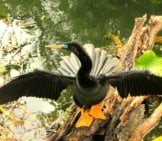
![Red Angus Closeup of a beautiful Red Angus cowPhoto by: U.S. Department of Agriculture [pubic domain]https://creativecommons.org/licenses/by/2.0/](https://animals.net/wp-content/uploads/2020/03/Red-Angus-4-238x178.jpg)












![Red Angus Closeup of a beautiful Red Angus cowPhoto by: U.S. Department of Agriculture [pubic domain]https://creativecommons.org/licenses/by/2.0/](https://animals.net/wp-content/uploads/2020/03/Red-Angus-4-100x75.jpg)

